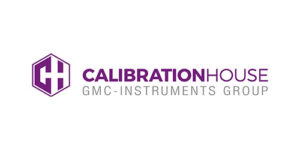Just as the digital economy is redefining business operations, it is setting new standards for electric power reliability and quality. Downtime—undesirable for any business—is catastrophic for telecommunications centers, where even the smallest interruption or power quality event can cause equipment failure, data loss and lost revenue. This is especially true for telecommunications centers, where communications and connectivity are essential elements of our daily lives. Using power monitoring instrumentation, telecommunications facilities can dramatically improve the performance of their power systems infrastructure.
- Proactive management of power resources: The continuous capture of all events enables users to develop trend lines and algorithms to maintain real-time illustrations of infrastructure performance and improve reliability, while automated alerting sends alarms to power managers before problems occur.
- Reliability-based monitoring approach: The value and longevity of power conditioning and mitigation equipment can be optimized by a reliability-based monitoring approach using power quality monitoring instrumentation
- Early detection of problems: Problems can be detected before they cause damage through benchmarking that sends “alerts” when conditions begin to deteriorate. For contract negotiation, monitoring data documents power quality and demand for utilities or energy services providers.
- Troubleshooting: Power monitoring instrumentation has been designed to help identify the nature and severity of power quality problems to prevent them from recurring. Automated software pinpoints the location, magnitude and duration of events to quickly remedy harmful situations.

















